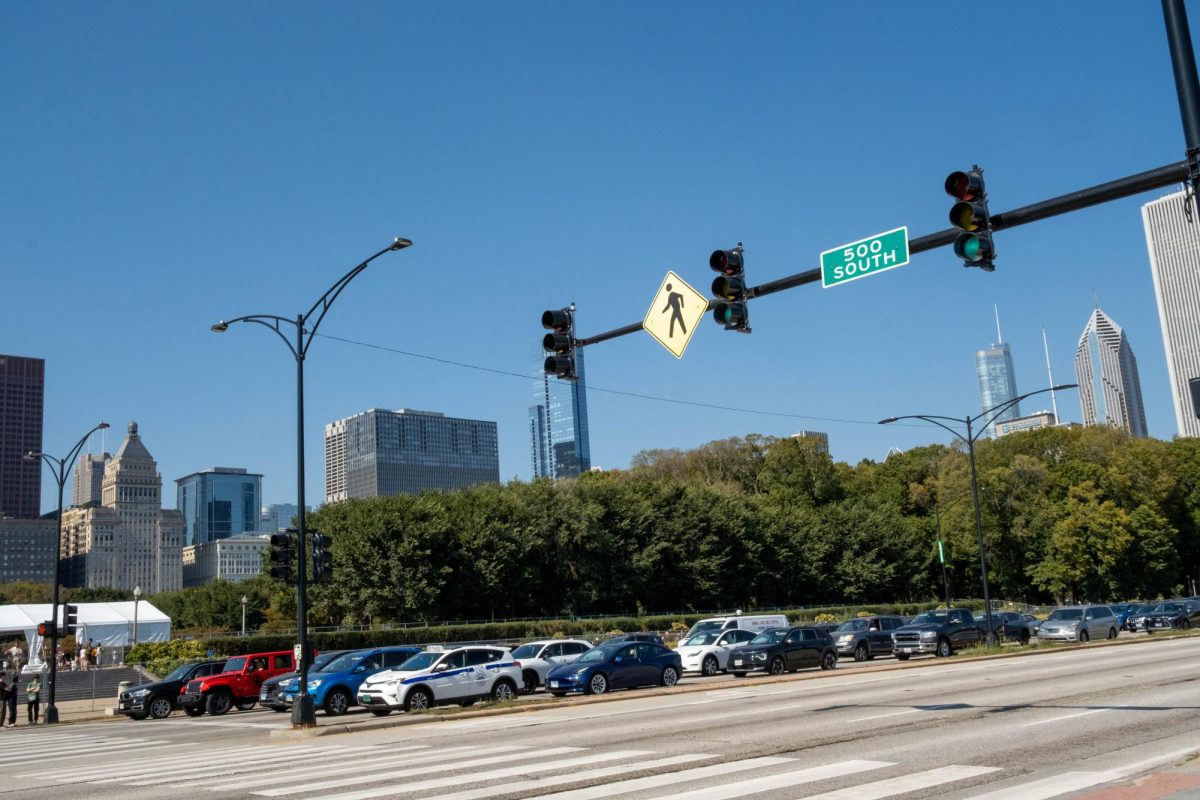Liverpool’s midweek loss to Newcastle means that the Scousers have secured no more than four points from their last 30, and one has to go back to their relegation season during the ’50s and beyond to find such a poor run of form. How can a team which, not so long ago, was celebrating a five-trophy year and one defeat in over 20 games, find itself stuck in such a rut? Many reasons have been advanced, but after having the opportunity to see them play several games over the past few weeks, I think two stand out.
Liverpool’s midfield has suffered much criticism over the last few months. Onlookers have alleged that they lack flair and width. Man United has Ryan Giggs and David Beckham, Arsenal has Fredrik Ljungberg, Robert Pires and Sylvain Wiltord, but Liverpool has no conventional wingers; moreover, they lack a player with creative influence to drive the team against organized defenses.
I think both of these criticisms are basically wrong: firstly, anyone who watches Arsenal play will know that just because Pires et al operate in the wide positions on the team sheet, they scarcely play like wingers. More often than not, they cut into the center, they swap wings and play off the strikers. And even Beckham, who spends large amounts of time out on the right, doesn’t really play like a winger–he doesn’t often dribble with the ball or get at defenders, preferring to receive the ball in space. And the supposed lack of creativity? Rubbish–Danny Murphy and Steven Gerrard are anything but uncreative, and even Vladimir Smicer is capable of adding a dimension to the attack.
So what is the problem with the midfield? The answer is not much–it is the fullbacks which are found wanting. Philip Neville, Mikael Silvestre, Lauren, and Ashley Cole are all players who regularly aid in their teams’ attacks, providing goals, assists and mainly just getting forward in a constructive way. Jamie Carragher, for all his recent improvements, is not good enough going forward. John Arne Riise is, but he has inexplicably been left out of the Liverpool line-up for most of the season in favour of the astonishingly bad Djimi Traore, a player who was recently described as “an accident waiting to happen.” Abel Xavier could have addressed this shortcoming, but he turned out more likely to feature as Santa Claus in the club’s Christmas party than in its line-up.
What makes this infinitely worse is that Gerard Houllier has probably planned all of this. The Frenchman has a reputation for defensive play, and the defensive fullbacks are part of his philosophy–a philosophy unlikely to change in the near future.
But a lack of offensive fullbacks is not the only problem in Houllier’s team. The other, which has been known for a long time, is the lack of stability in team selection. The wide-men and strikers are regularly rotated whether the team is winning or losing. Houllier has failed to field the same team in consecutive matches for two years. The Gunners and United do also change their line-ups regularly, but only because of suspensions and injuries. When everybody is fit, the best 11 are more or less obvious and will be selected. This is not the case with Liverpool. Chelsea has suffered from a similar problem and it is no surprise that its recent success and even more recent dip have been associated with team stability and instability, respectively. One imagines that Houllier does it to keep the players sharp and to make them feel they are constantly competing for their places, but the cost is that the players fail to gel and partnerships do not form. Again it is no surprise that the most envied asset of Liverpool, its defence, is also the least changed part of the line-up.
With all this talk of Liverpool’s shortcomings, it is easy to forget what makes them good. Liverpool has a great squad and world-class players such as Michael Owen, Gerrard and Sami Hyppia. They play excellent passing football and are usually difficult to beat. They have also risen to the occasion against Roma, Barcelona, Manchester United and Bayern Munich, to name just some of the scalps they have collected over the last few seasons. Moreover, they are constantly unearthing new talent, with Milan Baros and Chris Kirkland being this season’s stars. And, as any Arsenal fan such as myself knows, they don’t give up until the last minute. Their heritage is exemplary too, with no less than four European Cups sitting in the Liverpool trophy cabinet. They are undoubtedly one of the European greats.
So what does the future hold for the Merseysiders? Well, I think it is still positive: the players are essentially the same winners of recent seasons and they haven’t forgotten how to play. As they say, form is temporary and class is permanent, and so it is only a matter of time until they recover their league form. However in order for Liverpool, and more specifically Houllier, to make the step up from cup-winning side to championship-winning side, they must learn to throw more caution to the wind when attacking.
With the exception of Bayern Munich and maybe Valencia, all of Europe’s recent success stories have involved teams who play attractive attacking football: Real Madrid, Man United, Arsenal, Lyon, Bayer Leverkusen and, this season, AC Milan. Liverpool has made consistent year-by-year progress under Houllier. There will be no significant regression this year, but I believe the current team has peaked unless they change their style of play. The question is, will Houllier be at the helm if and when it occurs? Probably not.
However there is one thing I am in no doubt about: Liverpool will be back.








